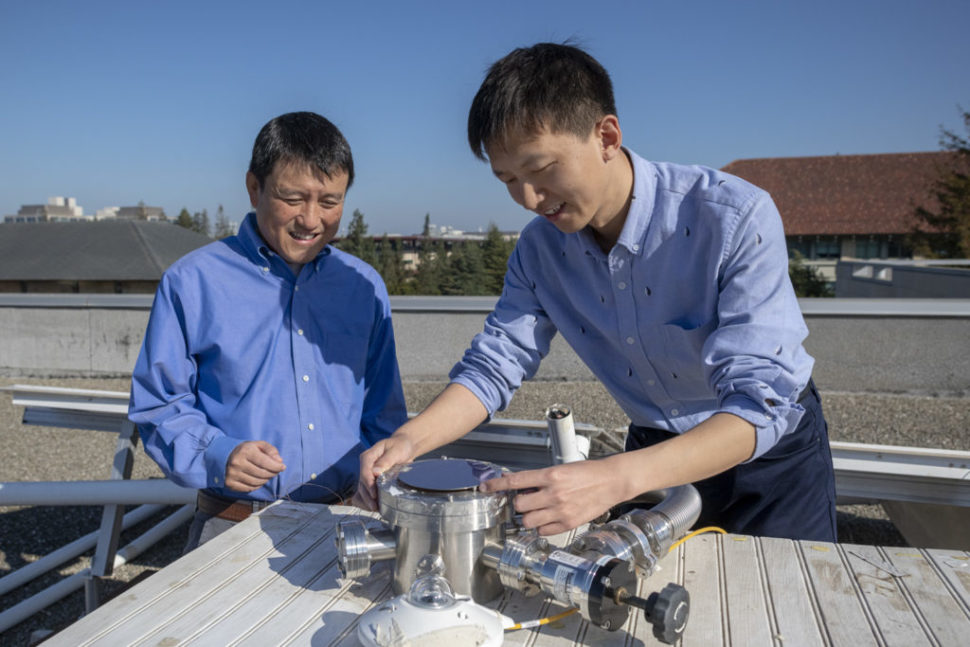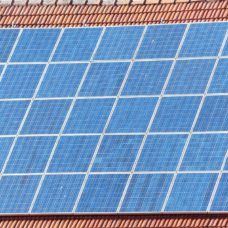Researchers have developed a new solar device that can harvest the sun’s energy and beam it back into space.
For years, scientists have warned that the world is getting hotter and hotter due to the constant emission of carbon. However, a team of researchers from Stanford University has invented a solar device that could potentially solve the world’s global warming problem.
The solar panel technology can still harvest energy from the sun and convert it into usable electricity. However, what makes the device more useful is its capability to beam any excess heat into space at the same time.
“We’ve built the first device that one day could make energy and save energy, in the same place and at the same time, by controlling two very different properties of light,” Shanhui Fan, an electrical engineer from the Stanford University, explained.
How the Solar Device Works
Fan’s solar panel technology has the same components as the standard solar panels of today. The team built the device with the same semiconductor materials capable of converting visible light into electricity. They then added a bottom layer capable of beaming the excess heat into space.
The team created the bottom layer out of materials that can beam away heat into space through a radiative cooling process. Fan’s technology takes advantage of the holes found in our planet’s thick atmospheric blanket.
The new solar technology was invented using materials previously developed to convert the heat radiating from buildings into an infrared wavelength that can penetrate the atmospheric blanket. Fan and his colleague, Zhen Chen, created a prototype of the device and put it on top of a Stanford building.
Initial results of the experiment revealed that the sun-facing part of the solar panel becomes hotter as it absorbs light while the bottom layer remains cooler than the air on the building’s rooftop.
“This shows that heat radiated up from the bottom, through the top layer, and into space,” Chen said.
The team has not yet tested if the solar device can produce electricity. However, they are currently designing solar cells to integrate into the solar device.



















Comments (0)
Most Recent